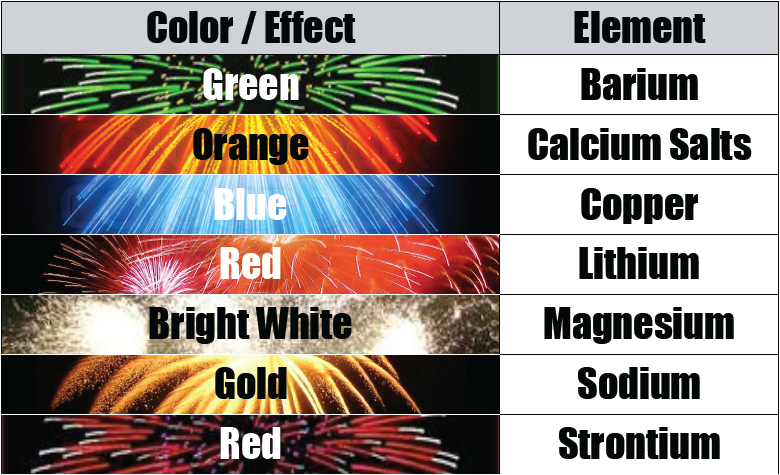

Red and blue will create purple(violet). Red and yellow will give you orange. Secondary colors are created by mixing equal parts of any two primary colors. The secondary colors are orange, green, and purple. Secondly, all other colors found on the color wheel can be created by mixing primary colors together. First, no two colors can be mixed to create a primary color. In other words, primary colors can only be created through the use of natural pigments. They are called primary for a couple of reasons. The primary colors are red, yellow, and blue. The color wheel is made up of three different types of colors - Primary, Secondary, and Tertiary. Red, orange, yellow, green, blue, indigo(blue-violet), and violet. If you follow around the color wheel, you will find the same order of the color spectrum. The color wheel was developed by Sir Isaac Newton by taking the color spectrum and bending it into a circle. Understanding each section of color theory fully, will help you better understand its importance in the creation of art. Each part of color theory builds on the previous. If color theory is simplified, it can be broken down into 3 parts- The color wheel, color value, and color schemes. Color has an affect over how we feel about objects, how we behave, and how our bodies react to circumstances. It is an exciting, ever-changing science. This page, while thorough, will present color theory in an "easy to understand" fashion. There are volumes and volumes of information available about color. Laws are accepted because they can be proven. Color theory is defined as a theory because it cannot be proved. Theories are generally accepted, despite the fact that they cannot be proven. You learned a lot about color in this lesson.Color is the element of art that refers to reflected light. Warm colors often make people feel more energetic, alert, and awake! That's one reason the warm color red is used on emergency signs and stop signs while cooler colors, like blue, are not. Which one makes you feel more energized and alert?.Take a look at the two abstract artworks below. Colors can change the meaning of a painting or artwork and even give the viewer clues about things like the weather, the time of day the artist is trying to show, and different environments and places in the world.Ĭolors can also affect the perception and the feelings of the viewer. This calm and tranquil feeling that the viewer might get from seeing this painting is partly because of the cool colors the artist chose to add.Ĭolors can represent many different things in art.

The colors used in this painting represent what this artist was painting in real life, but it also gives the viewer a feeling of calmness and tranquility. This would be a very different painting if the ocean were a warm color like red or orange, wouldn't it?ĭefinitely! It might even look a little bit scary and alarming!.Image by Georges Seurat, via Wikimedia Commons, is in the public domain. You can see that in this painting by the famous artist Georges Seurat, titled "Port-en Bessin": For example, an artist might use mostly cool colors to create a seascape. Sometimes, artists use specific colors to represent things in real life that they paint or draw. To learn more about color and color harmony, watch COLOR THEORY BASICS: Use the Color Wheel & Color Harmonies to Choose Colors that Work Well Together from Sarah Renae Clark:Īrtists use color in artwork for many reasons. Shades are colors with black mixed in with them, like navy blue. Pink is created by mixing red and white together. Tints are colors with white added to them, like pink. Neutral colors include white, gray, brown, and black.īlack and white can actually be mixed with different colors to create different tints and shades of those colors. These colors are associated with things that are cool and refreshing in our world and environment, like the ocean, water, ice, sky, nature, and more! In fact, you can actually see these three colors in the sun and in fire! Neat!Ĭool colors include blue, green, and purple. These colors are called warm because they remind us of things that are warm in our world and environment, like the sun and fire. Warm colors include orange, yellow, and red. Take a look at the chart below to see all the different colors and color combinations:Ĭolors can also be categorized as warm, cool, and neutral. Mixing certain primary colors together creates secondary colors. Secondary colors come next! These include purple, green, and orange. The most basic of all of the colors are primary colors. There are many different kinds of colors.


 0 kommentar(er)
0 kommentar(er)
